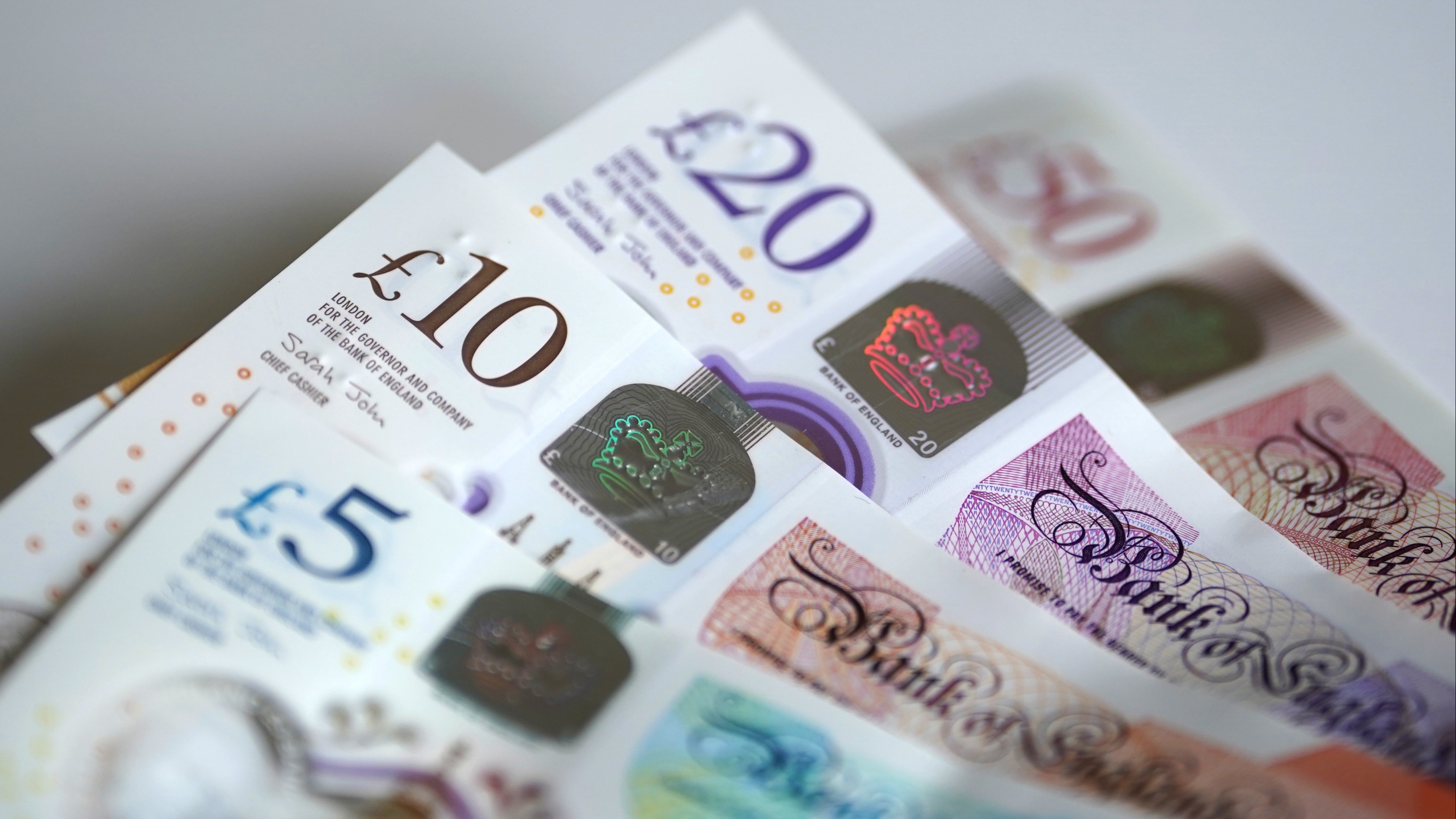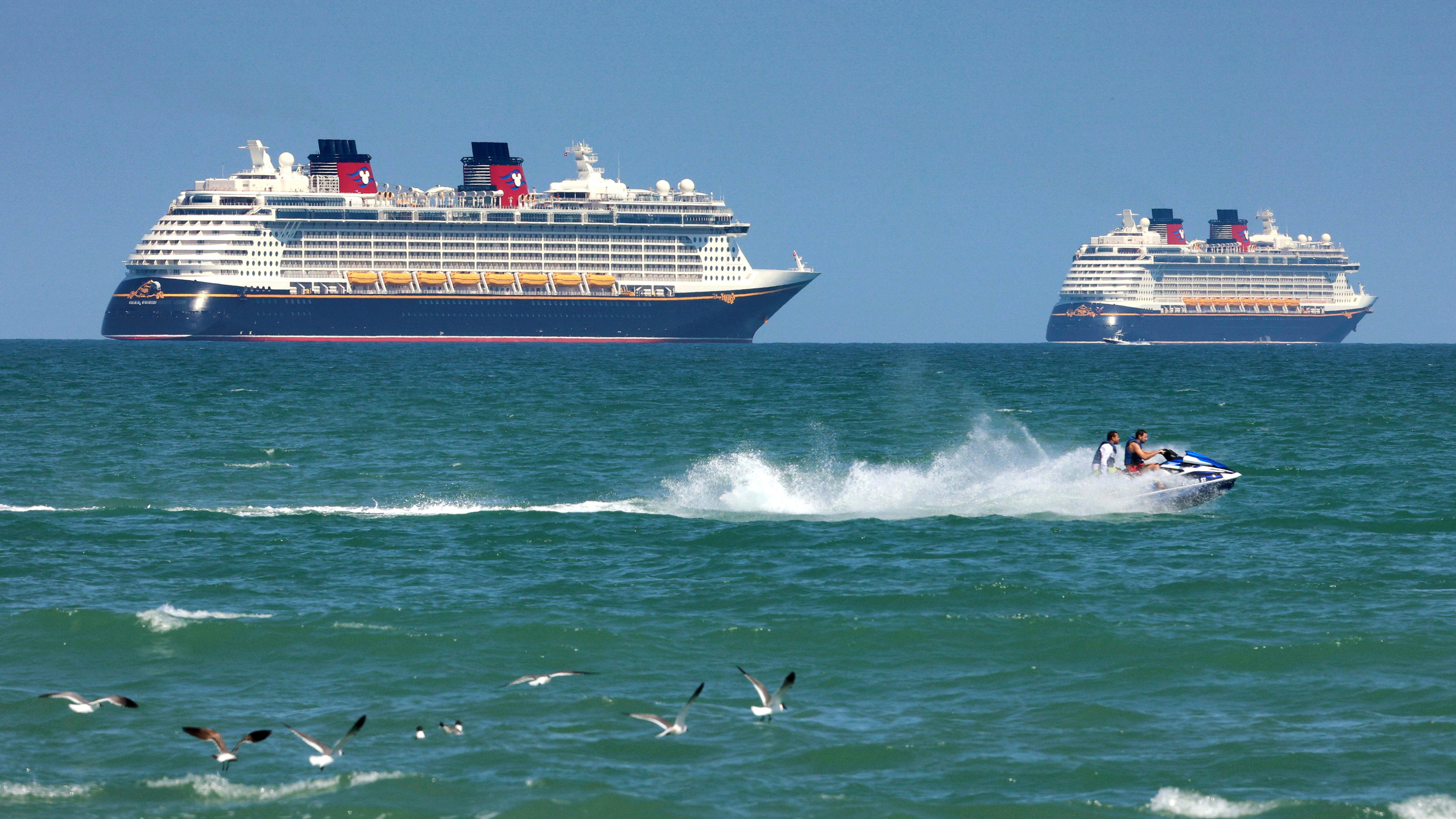An exhibition dedicated solely to tartan has opened in Scotland for the first time in 30 years.
More than 300 objects from telephone boxes to high-end fashion are on show in the display, which is being staged at V&A Dundee.
The museum team have taken more than three years to source items featuring Scotland’s national fabric from around the world.

Exhibition curator Kirsty Hassard said: “There’s been so much enthusiasm for the exhibition from the very beginning.
“We’ve just been overwhelmed by people’s enthusiasm for the topic and by their generosity in lending their beautiful and priceless treasures to the exhibition.
“We explore fact and fiction in equal measure to look at the enduring impact of this textile as a set of rules for designers in the 21st century.
“It also feels very timely to be exploring tartan from a global and diverse perspective, and we are grateful to our advisory group for underpinning this expansive research.”

Along with clothing, artworks and furniture clad in the iconic print, the past, present and the future of tartan is also explored.
Tartan runs at V&A Dundee from Saturday, April 1 until January 2024.
Identity, rebellion and good times: What tartan means to us
Insight Felicity Clifford Multimedia reporter
There are few fabrics and prints that are as globally recognisable as tartan.
Now, a new exhibition at V&A Dundee solely dedicated to the print is exploring its history.
More than 300 objects featuring tartan from fashion, furniture and art have been curated from around the world for the display.
But tartan is more than a checked print; throughout history it’s been used to create a sense of identity and as a symbol of rebellion.
Vivienne Westwood is among the most recognisable fashion designers who used tartan to convey a message of anarchy through the punk movement.
The use of tartan for social change continues. In 2019, the fashion house Dior used tartan as part of a campaign calling for female equality.

Menswear designer Nichola Daley found both sides of his family history represented in the exhibition.
He said: “I’m mixed race. My mum’s from Lochee, Dundee and my dad’s from Saint Ann’s in Jamaica. Both those cities and places are mentioned in this exhibition.
“They talk about the use of tartan in the West Indies, in Jamaica and the Caribbean to identify slaves and how it was used as a commodity for ownership or purchasing of slaves, which is connected to me.”
He often uses the pattern and deconstructs it to give it a new meaning and has even designed his own.

For many, tartan can evoke memories and gives them a sense of home when abroad.
Actor Graham McTavish, is an ambassador for the exhibition.
He said: “Tartan means a great time to me. I’ve never worn a kilt, never been in a situation where tartan has been present where I haven’t enjoyed myself.

“And I think that’s what it does. There’s something about it.. there’s something about that combination of colour, design pattern, the garment of a kilt that invites people to join in a celebratory experience.
“It’s not a garment, it’s not a pattern that pushes you away, it draws you in.”
Follow STV News on WhatsApp
Scan the QR code on your mobile device for all the latest news from around the country























